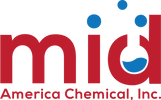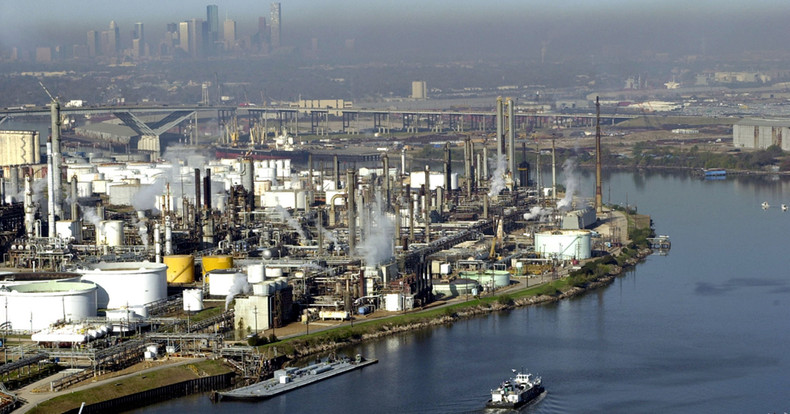In 2025, U.S. tariff policy shifted in ways that affect nearly every part of the chemical supply chain. The administration instituted a baseline “reciprocal” tariff on most imports and later modified those rates; it also tightened rules on small-value imports, and continued adjustments to China Section 301 measures. For buyers of commodity chemicals—sodium hypochlorite, caustic soda, solvents, acids, salts—the result is a more complex and sometimes costlier import environment. Below we summarize what changed, what it means for chemicals, and what we’re doing to keep your pricing as stable as possible.
The 2025 tariff moves at a glance
-
Universal baseline tariff via executive action. In April 2025, the White House announced a 10% tariff under emergency authorities, with higher “reciprocal” rates for countries linked to large U.S. trade deficits; a follow-on order in July further modified those rates.
-
De minimis (low-value import) exemption curtailed. In late August, the administration ended the long-standing duty-free treatment for most parcels ≤$800, disrupting international postal shipments and increasing compliance steps for small inbound consignments.
-
China Section 301: exclusions extended (again). Certain product-specific exclusions—some of which cover inputs and equipment used in chemicals—were extended through November 29, 2025.
-
Ongoing legal uncertainty. Court challenges to the new tariff authorities are moving forward; Treasury has acknowledged the possibility of refunds if the Supreme Court ultimately rules against the measures, which could change the outlook later this year.
How these policies touch commodity chemicals
-
Broader coverage = more touchpoints. The reciprocal/baseline tariffs apply across many HS chapters, including HS 28–38 where bulk inorganics, organics, and formulated chemicals live. Separately, many chemical subheadings remain covered by Section 301 duties on China (with narrow exclusions). The combination can stack costs on top of normal MFN rates.
-
Feedstocks, packaging, and equipment. Even when the finished chemical is domestically produced (e.g., sodium hypochlorite), imported inputs—from specialty additives to HDPE drums/IBC parts or processing equipment—can pick up tariffs, raising delivered costs indirectly. Industry groups have flagged these pass-through effects throughout 2025.
-
Small parcels and samples. The end of broad de minimis relief makes international samples, spare parts, and lab consumables more expensive and slower to clear. That doesn’t affect our LTL/tanker freight, but it can matter for specialty items that support production.
-
Global trade flows are shifting. New U.S. tariffs are one factor in rerouted petrochemical trade, which can tighten or loosen regional availability and lead times depending on the product and season.
What this could mean for prices and lead times
-
Price pressure where tariffs apply. If a raw material, package, or component falls under the reciprocal tariff or Section 301, its cost basis rises unless an exclusion applies. Exclusions currently in force (through Nov 29, 2025) blunt some of that impact for specific items.
-
Volatility from policy risk. Pending litigation introduces two-way risk: tariffs could persist—or be curtailed and even refunded—later in 2025. That uncertainty can affect how suppliers quote and hedge.
Our commitment: keeping your costs as low and predictable as possible
We know budget certainty matters. Here’s how we’re responding:
-
Multi-sourcing & domestic preference. We prioritize U.S. and tariff-neutral sources when quality and availability match, and we qualify multiple suppliers for key commodities to minimize single-country risk. (This reduces exposure to reciprocal/301 add-ons.)
-
Active tariff monitoring. We track Federal Register notices, USTR exclusion updates, and trade guidance in real time, and we apply any available duty exclusions the moment they publish.
-
Inventory and logistics planning. We build safety stock on volatile lines, consolidate LTL where practical, and plan inbound packaging/components to avoid spot-market surges.
-
Transparent pricing. When tariffs affect a product, we clearly separate those cost drivers in our internal costing so we can pass through only what’s unavoidable—and we look for offsets elsewhere in the bill of materials or freight.
-
Steady communication. If a court ruling or policy update changes landed costs, we will communicate promptly and—where possible—hold catalog prices while we work through existing inventory.
Bottom line: Policy is shifting, but our goal is unchanged—keep prices down and as constant as possible without compromising quality or lead times. If you have an upcoming project or routine order, reach out; we can discuss timing, alternatives (e.g., drum vs. tote), and any current exclusions that might lower your delivered cost.

